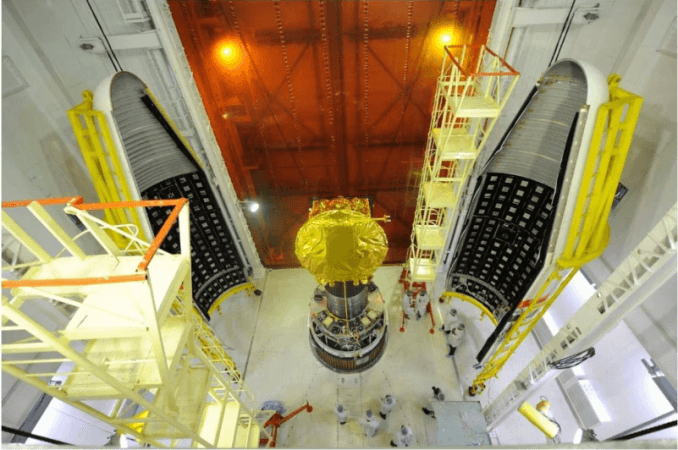
India's first-ever interplanetary space mission to Mars-- the Mars Orbiter Mission (MOM) has now completed four years in space, in the vicinity of the red planet. It was launched November 2013 and reached Mars orbit in September 2014 and is still going strong.

MOM was the Indian Space Research Organisation's (ISRO) first attempt at a Mars mission. No other space agency, including NASA, has been able to make it in their first attempt to Mars. Among the major achievements of this launch was the total cost of this mission. Estimates put the entire budget of the mission at $74m, for comparison, according to a Wired report, NASA's Mars Maven probe cost about $651m. Even the film Martian, about an astronaut that gets trapped in Mars, cost about $108m.

The original MOM mission was supposed to last only 6 months but has managed to not only stay in orbit nearly 7 times its original duration. It is now running on 4 years and is showing no signs of stopping. According to a report by the Economic Times, MOM is fully autonomous and is capable of carrying out its science missions for extended periods of time with little or no ground support. It spends most of its time in orbit in what is known as a "communication blackout" phase.
The MOM has several high definition cameras called the Mars Colour Camera (MCC), which so far is the only Martian probe that can image the full disc of Mars in one view frame.

MOM is the only Martian artificial satellite that could image the full disc of Mars in one view frame and also capture the far side of Deimos, notes the report.

The above image of Olympus Mons was shot at an altitude of 8,387 km with a Spatial resolution of 436.21 m, explains ISRO. Olympus Mons is a major volcanic mountain in the Tharsis region, is both the tallest planetary mountain in the Solar System as well as the largest single volcano ever seen. Its summit height is about 21 km into the sky. Mount Everest, Earth's tallest peak is only about 8.8 km tall.









